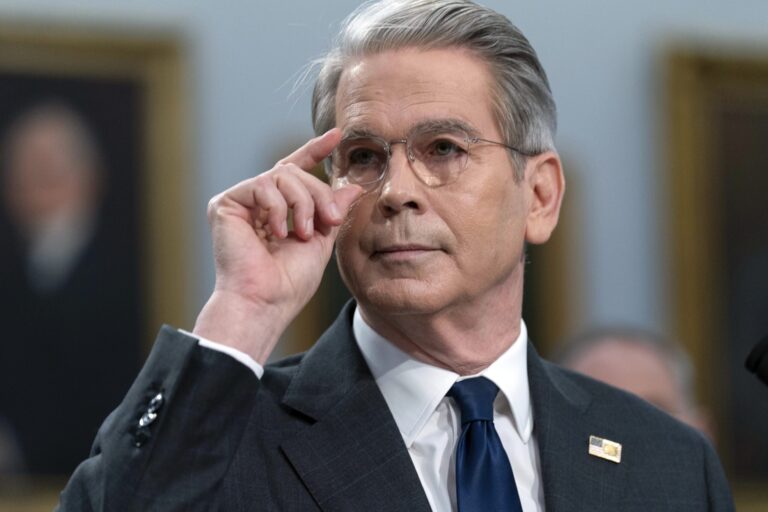Deadline for New U.S. Trade Agreements Now Set for August 1
Secretary of Treasury Bessent recently announced a new deadline for countries to engage in trade agreement negotiations with the United States: August 1. This decision marks a shift from President Trump’s previous 90-day pause on his “Liberation Day” tariffs. Without agreements, nations could face significantly higher tariffs starting next month.
Background: The Tariff Regime
In April, President Trump implemented his tariff regime, asserting that countries running trade surpluses with the U.S. needed to negotiate not just on tariffs, but also on non-tariff barriers. The announcement triggered volatility in financial markets, leading the President to later impose a temporary 10% tariff for a 90-day period while negotiations were ongoing.
Key Reasons for Tariff Adjustments:
- Concerns over market stability, particularly in the bond market
- A need to foster more equitable trade relations
Mr. Bessent’s Remarks on Trade Negotiations
During an interview on CNN’s “State of the Union,” Secretary Bessent emphasized that the onus is on foreign countries to determine their tariff rates through their willingness to engage in negotiations. He stated:
“I’m not gonna give away the playbook because we’re gonna be very busy over the next 72 hours. If you don’t move things along, then on August 1, you will boomerang back to your April 2 tariff level.”
Targeting Smaller Nations
Bessent mentioned that President Trump will be reaching out to around 100 smaller countries to spur trade discussions. He noted that many of these nations had not initiated dialogue with the U.S., highlighting America’s leverage as a deficit country:
- Countries not in contact with the U.S. may find themselves facing higher tariffs if negotiations do not commence.
Differences in Negotiation Perception
In April, President Trump claimed countries were eager to negotiate:
“I am telling you, these countries are calling us up, kissing my ass… ‘Please, please sir, make a deal. I’ll do anything sir.’”
However, the actual outcomes of negotiations have been less satisfying than anticipated.
The Administration’s Mixed Signals
The communications from the White House on tariff matters have varied. Peter Navarro, Trump’s chief trade advisor, suggested that it was feasible to finalize 90 deals in 90 days. At the same time, he stressed that tariffs are intended to promote domestic manufacturing rather than merely facilitate agreements.
Key Takeaways from Administration Officials:
-
Kevin Hassett, Director of the National Economic Council, mentioned that decisions on tariffs ultimately rest with President Trump, indicating potential flexibility around the August 1 deadline.
"There are deadlines and there are things that are close, so maybe things will push past the deadline, maybe they won’t."
Commerce Secretary’s Stance
Howard Lutnick, Commerce Secretary, has asserted that trade deals are forthcoming, though he indicated that the 10% baseline tariff will likely remain in place.
Current Status of Negotiations
Efforts to secure new trade agreements have yet to yield the expected results. Notable agreements include:
- A limited arrangement with Communist China to moderate tariffs until August, which remain higher than pre-Liberation Day levels.
- An agreement with the United Kingdom that addresses select industries like automotive parts and agriculture.
The most notable success has been with Vietnam, where a trade deal was recently established that allows zero percent tariffs on American exports, contrasting with a 20% tariff on imports from Vietnam.
Conclusion
The landscape of U.S. trade agreements is evolving rapidly, with significant implications for both domestic and international stakeholders. As the August 1 deadline approaches, many eyes will be on how negotiations unfold and whether countries can strike deals to avoid increased tariffs. Stay tuned for developments in this critical area of economic policy.
For more insights on U.S. trade agreements, visit Trade.gov or read about the impact of tariffs.


